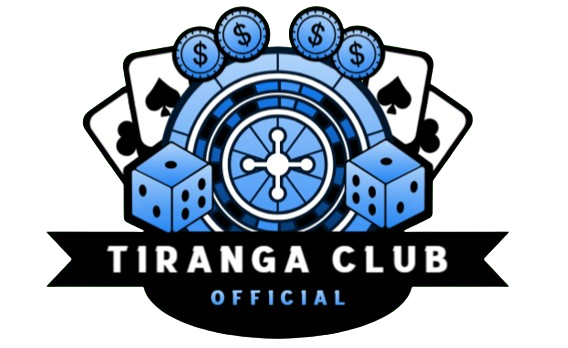Introduction
Education in a multi-cultural nation such as India is not only about reading between the lines of a book. It is also about developing citizens who are informed and take pride in their country’s history, culture, and values. Tiranga Period Number is one of the most robust programs to promote patriotism, civic consciousness, and respect for the national flag in India.
In this blog, we’ll explore everything about the Tiranga Period Number: its meaning, objectives, activities, and why it’s gaining popularity in Indian schools.
What is the Tiranga Period Number?
Tiranga Period Number is a value period in school designed to teach the students about the Indian flag, national symbols, and values of a good citizen. “Tiranga” is another term for the tricolor Indian national flag, and the period inculcates values about unity, respect, and patriotism.
As a contrast to normal subjects, the period is centered around value education, enabling the students to connect emotionally with their national identity.

Objectives ofthe Tiranga Period
- Encourage Patriotism
Teach the children respect for the national flag of India and the symbolism of color and design that it stands for.
- Civic Education
Teach the children their responsibilities as Indian citizens, such as respect for the Constitution, law, and fellow Indians.
- Unity in Diversity
Teach children about India’s diversity of culture, language, and religion, and create in them a sense of united nationhood.
- Moral Development
Enforce values like integrity, responsibility, compassion, and national service.
Tiranga Period Activities
The Tiranga Period is not lectures but participative activities that leave indelible marks:
- Flag Etiquette Training
Educate students to raise, fold, and treat the Indian national flag with respect, as outlined in the Flag Code of India.
- Freedom Struggle
Teachers link motivating anecdotes about freedom fighters such as Mahatma Gandhi, Bhagat Singh, Subhash Chandra Bose, and others.
- Debates and Discussions
Ideas of democracy, equality, and national progress are debated to induce analytical thinking.
- Quizzes and Competitions
Quizzes, essay competitions, and drawing competitions on patriotic subjects are organized in schools.
- Singing the National Anthem
It is a practice in the majority of the schools to start or conclude the Tiranga Period with the National Anthem or the National Pledge, instilling oneness and pride.
Why is the Tiranga Period Important?
The Tiranga Period is not merely a school activity — it’s a movement to build character among the young generation. Here’s why:
Creates National Identity: The students belong to India and feel a sense of contribution towards nation-building.
Fosters Emotional Learning: Students emotionally connect with India’s narrative and values.
Instills Social Harmony: With the study of different cultures and religions, the students learn harmony and respect.
Growing Popularity Among Schools
With countrywide campaigns such as “Har Ghar Tiranga,” Tiranga Week is becoming popular. There are some urban and rural schools that are taking up this week voluntarily as part of their weekly routine. There are some school boards and state governments, too, that are propagating it as value education or civic education.
Challenges in Implementation
Although the concept is good, there are certain issues with schools that can arise:
Time Restrictions: Schools have tight schedules already, so creating one additional period must be orchestrated.
Training Needs: Teachers would possibly require training to carry out value periods.
Standardization of Material: Uniform lesson plans and materials would ensure uniformity across schools.
How Can Schools Implement It?
Below are a few suggestions for how schools can implement the Tiranga Period Number:
Make One Period Per Week for patriotism and civic education.
Utilize Innovative Approaches such as story, video, song, and interactive sessions.
Provide Training to Teachers in efficient value-based matter transmission.
Engage Students in activity planning — it invites participation and leadership.
Invite Parents and communities for special national occasions like Independence Day or Republic Day.

Conclusion
The Tiranga Period Number is a proactive step that can play a significant role in shaping young minds. In today’s world, where everything is digital, it reminds children of the time-tested values of unity, sacrifice, and national pride.
By introducing such educational programs in schools, we are not simply teaching students about India — we are making better citizens who will be able to contribute positively to the country’s future.

